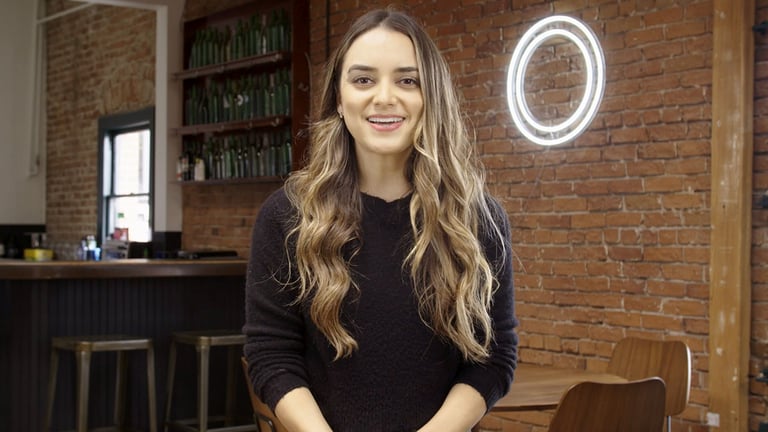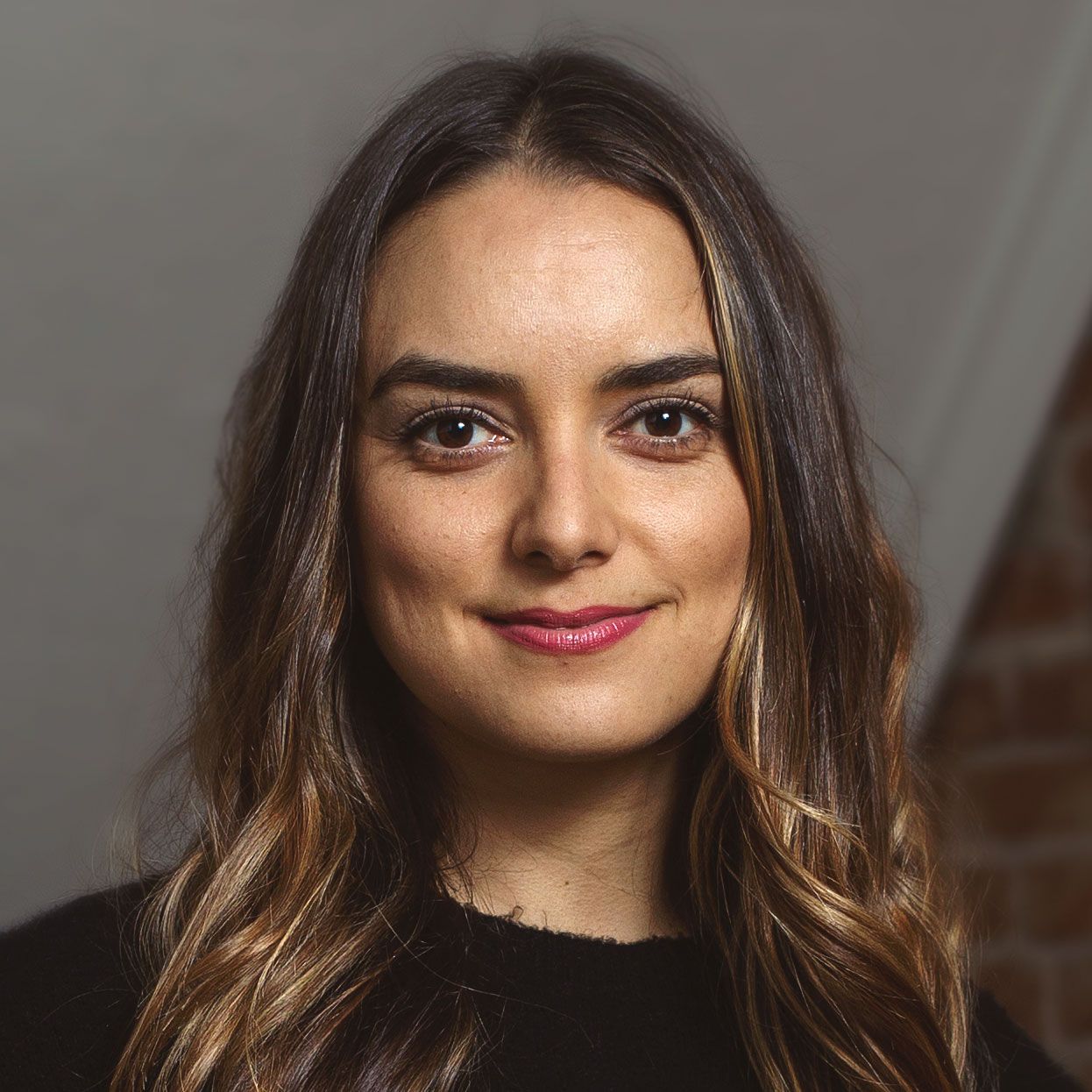
Buying a home may be the most expensive purchase you’ll ever make. The process can be overwhelming when you don’t have a financial plan in place. But have no fear, I’m here to help you get started and soon you will be on your way to your dream home.
Here are 6 steps to help you figure out what you can afford, and how to save for the down payment:
1. What is within your budget?
It’s important to know how much you can actually afford in housing costs each month. Typically in financial planning, we advise that no more than 30% of your gross income is spent per month for housing costs. Housing costs include your mortgage payment, home insurance, property taxes, home repairs etc. Take a look at your current budget breakdown to determine the amount that would be appropriate for you.
2. Determine how much you can realistically afford
Once you know your overall budget, you can then determine how much you can actually afford for a home. There are many online calculators that can help you total up property value, mortgage interest rate, and term agreement. If you’re working with a financial planner, typically they will start by calculating a fixed term for a 30-year mortgage. By running the numbers, you will get a better sense of your max budget, so you don’t find yourself strapped for cash each month. When it comes to buying a home, you don’t want to over commit by taking on a larger loan even if you do qualify for it. Also know that most lenders will expect you to put down at least 20% of the total cost. In the instance where you’re not required to put 20% down, you most likely will have a PMI added to your monthly mortgage payment.
3. Work with a mortgage lender to find out what loans you qualify for
A mortgage lender will help you learn about the types of mortgages you qualify for based on your income, assets, credit score and debt to income ratio. By knowing what you may or may not qualify for, can help you determine if you need to take steps to improve your financial situation to get a better loan set up.
For example, maybe you’re self-employed, so it would make sense to spend a year paying yourself a healthy income so they can use that in the pre-qualification process. Or maybe you need to focus on improving your credit score to qualify for better mortgage rates. Or, work on paying off some other debts such as credit cards and student loans to improve your debt to income ratios.
All of these steps could help you qualify for the best mortgage, so take the time to learn about your options, both now and what may be available to you if you improve your financial situation.
4. Open up a savings account dedicated to purchasing your home
Look for a high yield savings account and make sure it is liquid, You want to make sure the money is easily available to you and not subject to any lock-up penalties or stock market volatility.
Also consider additional options to help you get the funding you need. Do you have resources from parents or other family? Maybe you have a property already and can use equity to leverage for a home down payment.
5. Set up automatic savings into this new savings account each month
The best way to save is to set it and forget it. Once you know how much you need to save for your goal, based on your timeline, look at your overall budget and allocate as much as you can to this account.
6. Stay committed
Buying a home is usually the biggest financial decision Americans will make so don’t rush it. Take your time to get into the right home for you that aligns with your financial goals.
About Learn
Financial advice for real people, by real people. You shouldn't need a degree to understand your money. Join Head of Education, Brittney Castro and Altruist mentors as they break down financial tips and strategies in a real way to help you finally understand how to achieve your financial goals faster.
Have a question you want to see answered? Ask it here. 🙋♀️

